Fashion Reimagined is a documentary, released in 2022 and directed by Becky Hutner. It follows the story of Fashion Designer Amy Powner, of cult label Mother of Pearl, and her struggles to create a truly sustainable fashion collection.
Amy asks many difficult questions as she searches for sustainability. From the suppliers, the growers and the challenges as her team realise their own knowledge gaps in what truly sustainable fashion should look like. Collections that can be followed from the field to finished garment and not only supports sustainable agriculture, manufacturing process and minimum travel between countries, but also ethical working practices.
Fashion Reimagined caught my attention, and may catch your attention too, because Amy was raised off-grid. Her younger life was incredibly low-impact by anyone’s standards and inspired her love of nature and, arguably, her creativity. It will be a familiar story to many families. As she moved into her own career and away from her family home she becomes both disillusioned and stubborn. Her realisation that fashion has such a detrimental impact on the planet was a huge motivator. And – in case you forgot:
- Fashion is responsible for arund 10% of the global emissions
- Cotton for fashion uses about 2.5% of the worlds farmland
- It produces around 92 million tonnes of textile waste
- Since 2000, clothing sales have doubled from 100 to 200 billion units
And these figures are only getting worse.

The documentary lays out the fashion industry’s role in all this only too plainly – and that of the consumer. The expectation that shops change their collections not only seasonally, but almost weekly. The need for trends, the social media influence, the toxic combination of cheap and disposable wear.
The number of times we wear an item has descreased by 36% – with many items being worn once or twice before ending up in landfill. We buy 3 times more clothes as we did in 1980 and wear them half as long. And here in the UK we have a huge problem with recycling (or not), instead shipping clothes to other nations to sort for us.
The future for sustainable fashion
The film, takes you on an emotional tour emphasising only too plainly the difficulty in sourcing raw materials, in working in an international environment and the difficulty in shouting for sustainable fashion. Amy is driven and successful, she is connected to the natural world and understands how the planet cannot sustain the industry as it is. Amy’s respect as a fashion designer is an inspiration, and her determination demonstrates what the industry could look like.
Here at lowimpact.org we talk about low-impact clothes , we share those companies and individuals who are already making a difference. Like Jessica Smulders-Cohen from Fibershed. And we encourage the learning of skills that will support a low-impact lifestyle.
Sustainable fashion needn’t be unattainable – and whether you are looking to stay on trend, or looking to move away completely from large corporations, this documentary will inspire you, shock you and is a good watch with those who are not aware of the sheer scale of the problem. Let me know if you’ve seen the film.
I’ve been working hard on my own fashion footprint – which could be another blog for another time, but I would love to hear how you manage yours. Have you found any brilliant ways to share clothes? To buy second-hand? Tips to repair? Let me know in the comments.

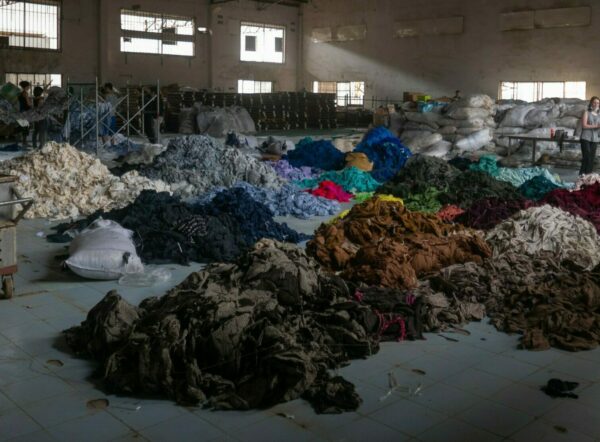
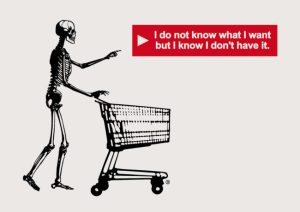
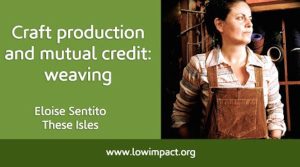

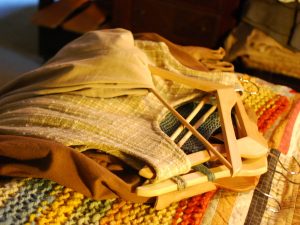
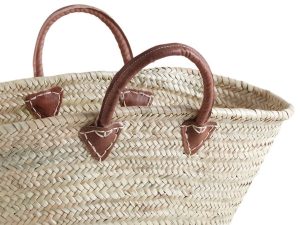
2 Comments
Clothes I understand of course – but I’ve never really understood the concept of ‘fashion’. You’re supposed to wear what the fashion industry tells you you’re supposed to wear this year? Or you’re supposed to wear what everyone else is wearing? Why? Why not just buy / make stuff that’s comfortable / you think suits you / you like – whatever others are wearing or whatever the fashion industry is promoting?
I agree with your great and creative article. That is personal finance workshops offer valuable advice on investing your savings and planning for retirement
https://www.bdwear.com/jeans-manufacture-in-bangladesh/